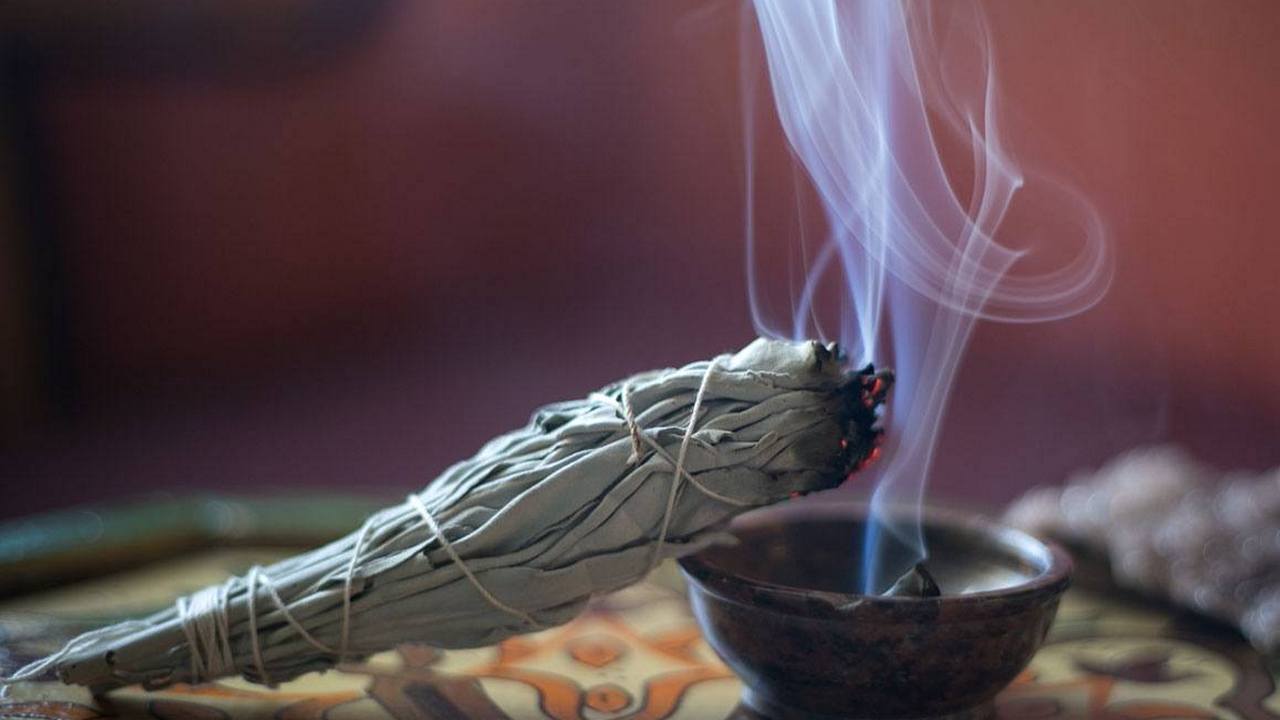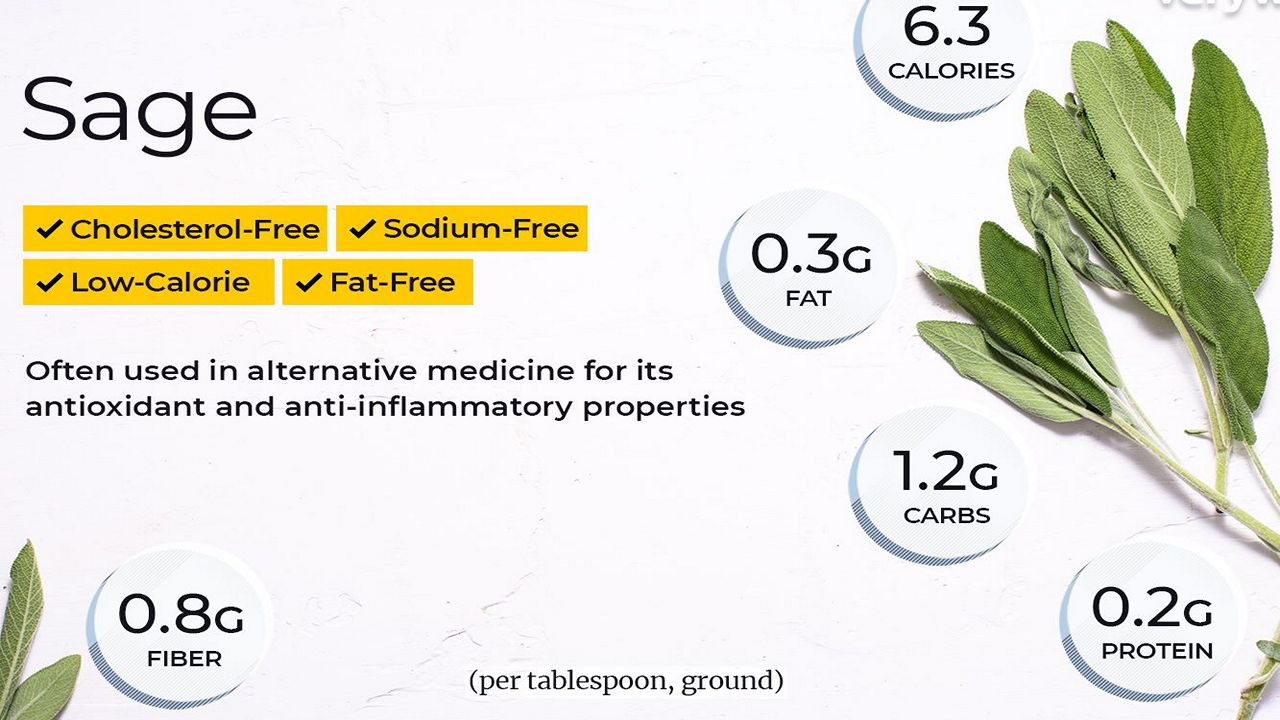White sage which is also known as vit salvia can be bought in a bundle or can be drunk as tea. It is one of the herbs that are used in various wellness rituals. Sage is like any other herbal remedy it just offers a different way of extracting the medicinal properties by smudging.
How to burn sage

Burning sage which is also known as smudging was practiced by different cultures as a spiritual ritual.
For smudging one should have the following:
- A smudge stick or a bundle of sage
- A matchbox and a match stick
- A ceramic bowl to capture the ash as well as hold the sage bundle
For one to burn sage, light the end of the sage bundle with a matchstick as blow it out as soon as it catches fire, let the tips smolder slowly reeling smoke, and fan the smoke around the room. Allow the smoke to concentrate on the areas of focus and make sure to collect the ash in a ceramic bowl.
After burning sage ensure that the bundle is completely burned out which can be achieved by dabbing the lit end on a bowl. Once the sage bundle is completely put out, then the sage should be stored in a completely dry and safe place.
When burning sage one should ensure that the windows are open and should be keen to avoid burning sage around people with respiratory conditions such as asthma as they may have adverse conditions due to the smoke.
Health benefits of white sage

Sage leaf tea is a known remedy for treating and soothing sore throat as it reduces the mucus that is secreted by the sinuses or the lungs. White sage contains eucalyptol which kills bacteria that cause sinuses and has a soothing effect that clears out the infection.
The eucalyptol and tannic acid in sage also have anti-biotic features and the tea can be used to treat fungal infections such as athlete’s foot as well as applied directly to rashes and wounds to speed up the healing process. White sage has also been known to treat excessive sweating.
White sage tea provides relief from menstrual cramps as well as easy heavy menstrual flow and relieves some of the symptoms of menopause such as hot flashes. These benefits are due to the phytoestrogens which are plant-derived estrogens.
Smudging sage in a room with a sick patient especially one that has been sneezing or coughing clears the air making it free from germs which ensures that the caregivers don’t contract the disease as well. Research conducted over the years has shown that burning sage for about sixty minutes reduces the levels of bacteria in the air by 94% and the results last for up to 24 hours. If one does not want to burn sage then drinking sage tea will give the same results.
Drinking a cold cup of white sage was used in native cultures as a relief of indigestion and diarrhea. The tea can also be used to relieve colds as it decreases the secretion of mucus in the throat and lungs.





